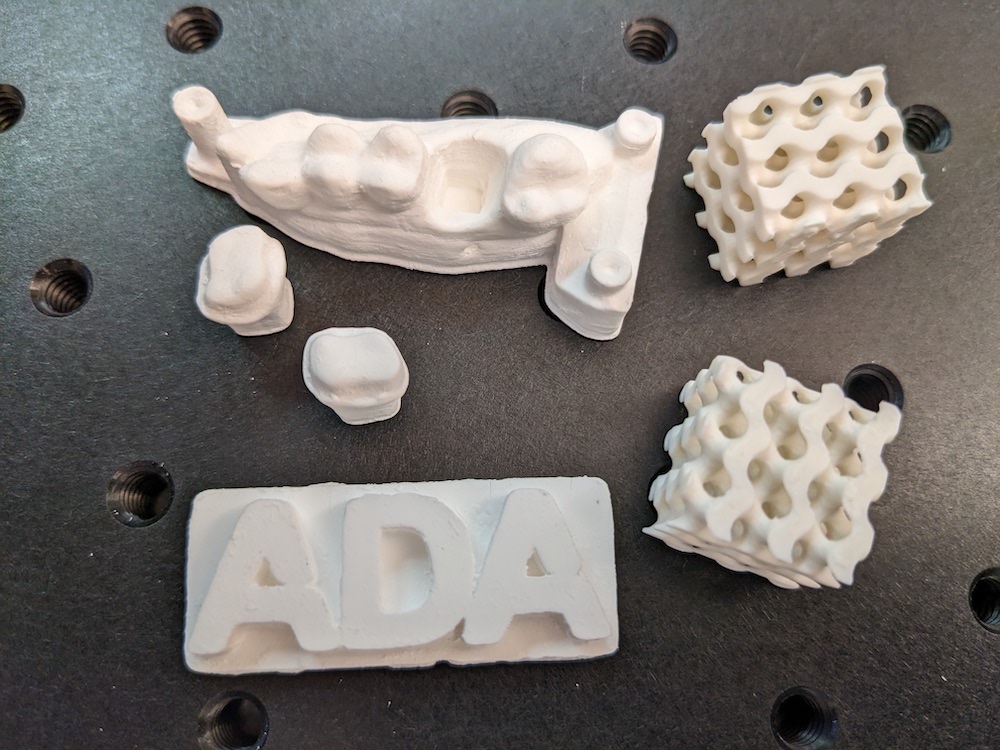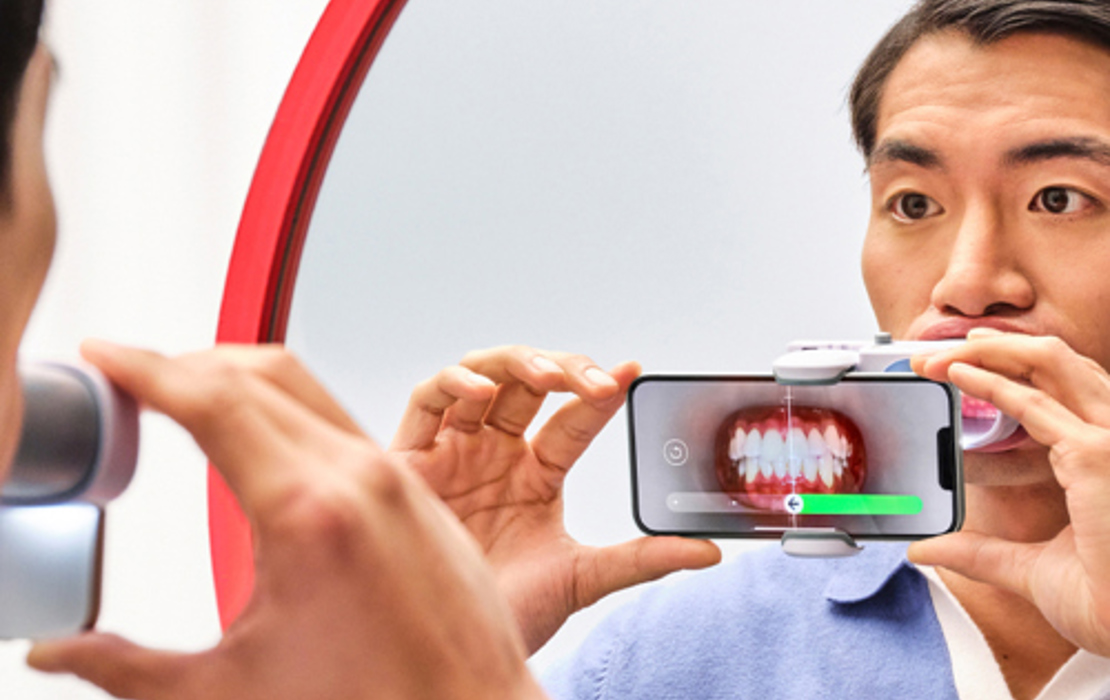Get to know the ADA Science & Research Institute
Scientists share how their research advances oral health

The work of the ADA Science & Research Institute, from conducting basic and applied research to translating it into recommendations for clinical practice, helps to drive oral health care forward.
Its research provides insights to dental professionals and policymakers to improve care, guide innovation and promote dentists’ success.
Below are details about three ADASRI scientists and their areas of focus, which demonstrate the breadth of research the institute conducts at its Chicago and Gaithersburg, Maryland, campuses.
Accelerating patient recovery after implant surgery
Eaman Karim, Ph.D., is a senior scientist in the department of innovation and technology research. Her research involves synthesizing novel dental materials for dental applications and using advanced technologies and unique methodologies to accelerate patient recovery after undergoing implant surgery.
Dr. Karim is currently focused on synthesizing calcium phosphate cement materials, such as hydroxyapatite and its derivatives, as well as metal-apatite composites, particularly titanium-fluorapatite composites. The cement materials have a microstructure and composition similar to biological hydroxyapatite, the main component of calcified tissues, such as tooth enamel and bones.
Dr. Karim found carbonated hydroxyapatite cement could be used to measure radiation absorption as part of her research on developing materials for the next generation of electron paramagnetic resonance dosimetry. She determined the cement provides distinct, reproducible, stable and spectrally pure electron paramagnetic resonance signals when exposed to ionizing radiation, and the signals are proportional to the radiation dose received.
“On the other hand, our ongoing research on developing titanium-fluorapatite composites aims to improve the surface properties of metal dental implants,” Dr. Karim said. “Our objective is to optimize the osseointegration process between the implants and bone tissues and accelerate the recovery time for patients.”
Her research on titanium-fluorapatite composites provides insight into the microstructure properties of these composites and assists in understanding the phase transformation resulting from the reaction between titanium and fluorapatite cement at different high-temperature conditions. The research has yielded promising results thus far, and she’s conducting studies to further evaluate the composites’ properties for dental implant applications.
“The findings of our current research endeavor have yielded two manuscripts, which are currently being prepared for publication,” Dr. Karim said. “In addition, we have had the privilege of presenting our work at three prominent conferences.”
3D-printing zirconia restorations in dental offices
Yifeng Liao, Ph.D., is a senior principal scientist in the department of applied research. His research focuses on 3D-printing dental zirconia.
“Zirconia ceramics are widely used for dental restorations due to their unique mechanical and aesthetic properties,” Dr. Liao said. “Currently, zirconia prostheses are fabricated by computer-aided design/computer-aided manufacturing technology in dental laboratories. This subtractive process poses many challenges, including large materials waste, high cost, lower accuracy and generating defective surfaces, such as microcracks, that potentially cause catastrophic failure in the patient’s mouth.”
Dr. Liao has developed an additive manufacturing process for zirconia restorations using low-cost stereolithography 3D printers. Stereolithography is a form of 3D printing that cures materials in a layer-by-layer fashion with UV light and is well suited for producing complex parts with intricate geometries.
Despite using a low-cost printer, the process achieves a lateral resolution of about 0.05 millimeters in comparison with about 0.1 millimeters for the conventional CAD/CAM milling processes.
“We have demonstrated that our additive manufacturing is versatile and capable of fabricating zirconia and other ceramics into objects with very complex geometries,” Dr. Liao said.
He said dentists can incorporate the process into their current digital prosthodontics workflows to provide highly customized treatments.
“The low entry cost enables dental practitioners to fabricate restorations with printers in their dental offices,” Dr. Liao said. “In addition to printing dental restorations, this technique can be used to fabricate other dental devices, such as orthodontic brackets. Additive manufacturing of zirconia can potentially significantly lower the cost of prosthodontic treatment, offering a solution for precise, personalized treatment for both dentists and patients.”
Easing long-term effects of radiation therapy
Derek Smith, D.D.S., Ph.D., is the director of clinical translational research in the department of evidence synthesis and translation research. His research is focused on how best to support patients who are going through treatment for head and neck cancer or living with the long-term effects of radiation therapy.
“My particular passion is bringing advanced data methods to bear on oral health problems,” Dr. Smith said.
Most of his studies investigate whether a given therapy helps reduce symptom burden in cancer patients and survivors, and he has also conducted studies that seek to better understand these patients’ experiences and how they interact with oral health care providers.
“As I am both a dentist and a biostatistician by training, this work has led to me developing a particular interest in the methodologic implications of using patient-reported measures in clinical studies from both a study design and data analysis perspective,” Dr. Smith said.
He has also been part of multiple research projects related to machine learning, a branch of artificial intelligence.
In a recent paper, Dr. Smith and his colleagues developed a neural network to predict post-radiation hyposalivation directly from images of the radiation treatment plan. He has also developed models designed to predict head and neck cancer risk and create personalized pain management plans for patients in acute pain.
For more research from ADASRI, visit ADA.org/SRI.



